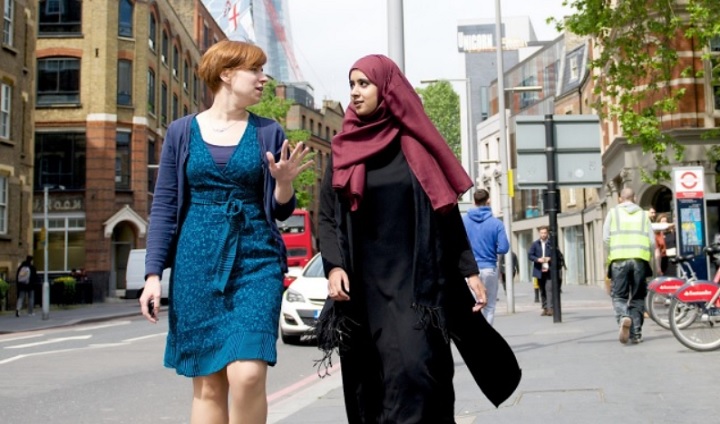
The average number of trips made by people living in England in 2021 remained considerably lower than pre-pandemic levels.
That is the headline finding from the 2021 National Travel Survey (NTS), an annual household survey of personal travel, published by the DfT on 31 August.
The survey shows that the overall number of trips made by people last year was similar to 2020, but 21% lower than in 2019, with 757 trips made on average in 2021.
In terms of average miles travelled (4,329 miles per person) this remained at a similar level to 2020 – but 33% lower than 2019. The 2021 figure is the lowest on record.
While the number of trips made by public transport increased by 19% compared to 2020, it remains 45% lower than the 2019 average.
Walking and car driver average trips remained similar to 2020, while the number of cycling trips fell significantly.
Most of the increase in overall average trips was due to a 10% increase in the number of car passenger trips.
There were increases in trips for the purposes of commuting, education, personal business and visiting friends in 2021 compared to 2020 – however, trips for these purposes remain lower on average than in 2019.
While the most common trip purpose in 2021 was for shopping, there was a decrease of 6% in shopping trips in 2021 compared to 2020, to 133 trips per person.
The longest trips in terms of distance travelled were for commuting (817 miles per person), the second longest for visiting friends (695 miles), followed by shopping (466 miles).
Longer term trends
From the early 1970s to the early 2000s, the average distance people travelled per year increased, but the number of trips and time spent travelling stayed broadly the same.
Since then, the number of miles travelled on average has gradually declined – but the average number of trips per person and hours spent travelling have remained broadly stable.
In 2020 there was a sharp decline in average miles, trips and hours travelled compared to 2019, due to travel restrictions imposed as a result of the COVID-19 pandemic.
2021 NTS and COVID-19
The DfT says the COVID-19 pandemic has ‘affected the operation of this survey’.
Fieldwork for the NTS 2021 survey continued to be impacted by the coronavirus restrictions from March 2020, with data collection interviews being conducted via telephone instead of face-to-face.
Response rates to the 2021 survey were halfway between 2019 levels (14,356 individuals) and 2020 levels (6,239 individuals) with 9,971 individuals participating.
Consequently, the DfT says ‘caution is needed when interpreting the results for 2020 and 2021 as they are likely to be less representative of residents of England compared to previous years’.
Comment on this story